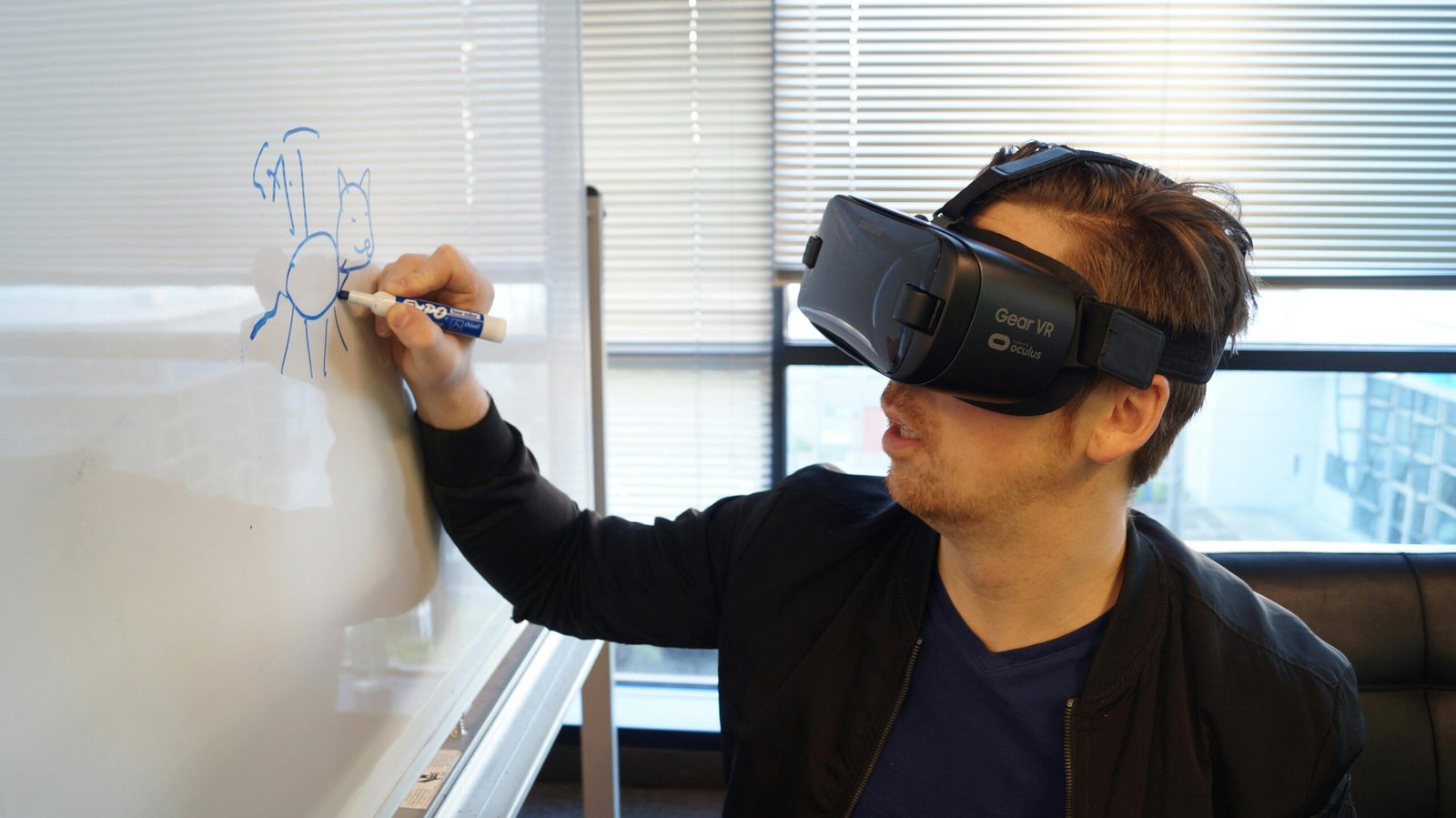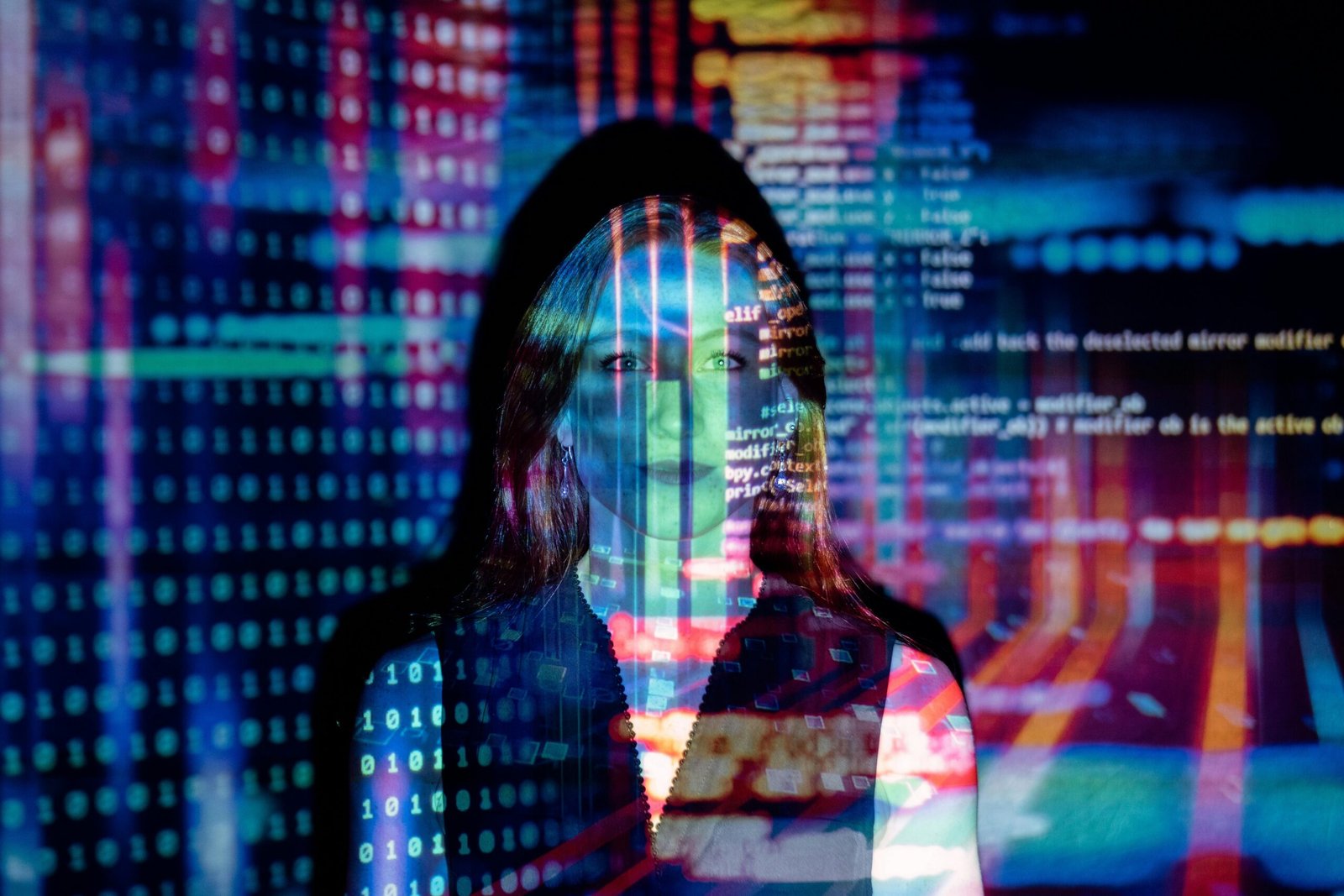Virtual Reality (VR) has transcended its initial entertainment boundaries to revolutionize multiple sectors, reshaping how we interact with digital content and the world around us. This comprehensive exploration delves into how VR is set to change the future of digital interaction, highlighting its applications, benefits, and emerging trends.
Understanding Virtual Reality
What is Virtual Reality?
Virtual Reality is a simulated experience that can be similar to or completely different from the real world. It uses computer technology to create a three-dimensional, interactive environment that a person can explore and manipulate.
Evolution of VR Technology
Advancements in Hardware and Software
The evolution of VR technology has seen significant improvements in both hardware and software. Modern VR headsets offer higher resolutions, faster refresh rates, and more precise tracking systems, enhancing the user experience. Software developments have also progressed, with more realistic environments and interactive features.
VR in Entertainment and Gaming
Enhancing Immersive Experiences
VR has profoundly impacted the entertainment industry, particularly in gaming. It offers an immersive experience that traditional gaming cannot match, placing players directly into interactive worlds. Beyond gaming, VR is used in film and theater to provide audiences with a 360-degree cinematic experience, offering new creative possibilities for storytelling.
Educational Applications of VR
Revolutionizing Learning Environments
VR in education offers substantial benefits by providing immersive learning experiences that are impossible in traditional classrooms. Students can take virtual field trips to historical sites, explore human anatomy in 3D, or practice complex surgical procedures in a risk-free environment. This hands-on approach enhances learning outcomes and student engagement.
VR in Healthcare
Transforming Medical Training and Treatment
In healthcare, VR is used for both training and treatment. Medical students use VR simulations to practice surgeries and diagnostic skills without the risks associated with real-life procedures. Clinically, VR is used for pain management and in psychological therapy, helping treat conditions like PTSD, anxiety, and phobias by exposing patients to controlled environments.
Business and Workforce Training
Improving Skill Development and Collaboration
VR technology is increasingly adopted in business settings for training and collaborative work. It allows employees to engage in realistic scenarios for everything from customer service to complex machinery operation, enhancing both learning efficiency and retention. VR meetings and conferences also enable more interactive and engaging remote collaboration.
Retail and Real Estate
Changing Consumer Interactions
In retail, VR enables customers to try products virtually before purchasing, from clothes to furniture, enhancing consumer satisfaction and reducing return rates. In real estate, virtual tours allow potential buyers to explore properties remotely, broadening market reach and improving the buying experience.
Challenges and Limitations
Addressing Current Drawbacks
Despite its potential, VR faces challenges such as high costs of entry-level equipment, user discomfort associated with long usage periods, and the digital divide that limits access for some users. Ongoing research and development are focused on addressing these issues to make VR more accessible and comfortable.
The Future of VR
Trends and Future Prospects
The future of VR includes further integration with other technologies like augmented reality (AR) and mixed reality (MR) to create more comprehensive mixed environments. Advances in AI will also make VR experiences more adaptive and personalized. Additionally, as 5G technology becomes widespread, it will support more seamless and interactive VR experiences with minimal latency.
Conclusion: Embracing the VR Revolution
As VR technology continues to evolve and expand its applications across various fields, it promises to fundamentally alter how we interact with digital content and each other. The potential for VR to enhance educational, professional, and personal experiences is vast, positioning it as a cornerstone of future digital interaction.
Embracing VR technology today means participating in shaping the future landscape of digital interaction, exploring new realms of possibility that were once the realm of science fiction. As VR becomes more integrated into daily life, it holds the promise of transforming our digital interactions profoundly and permanently.





